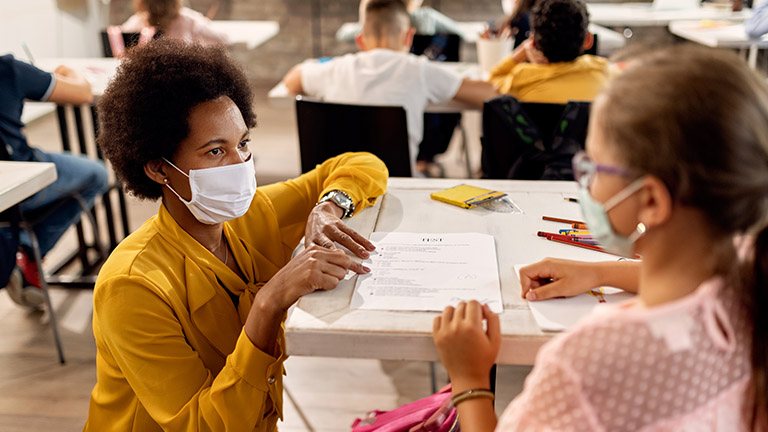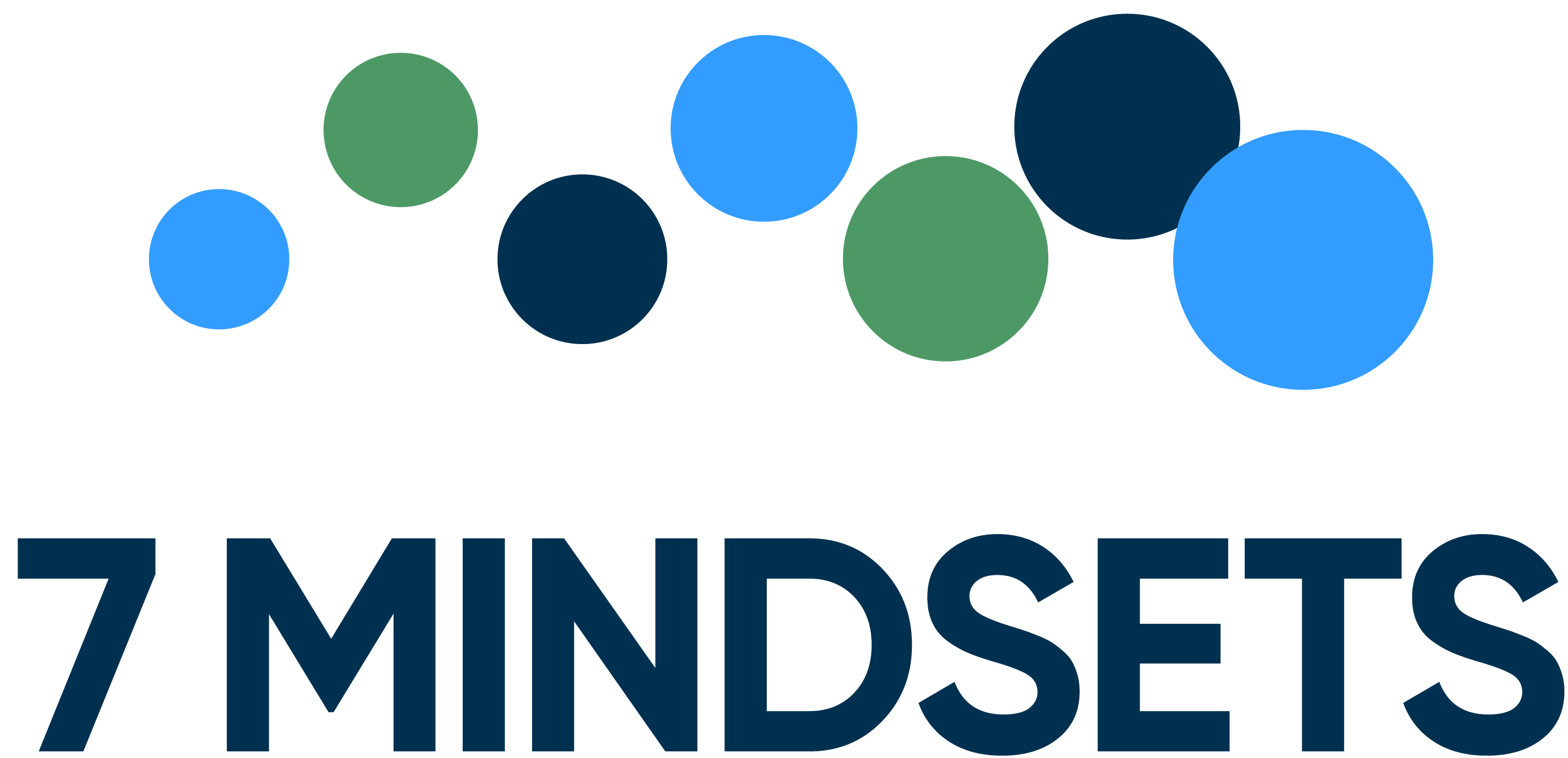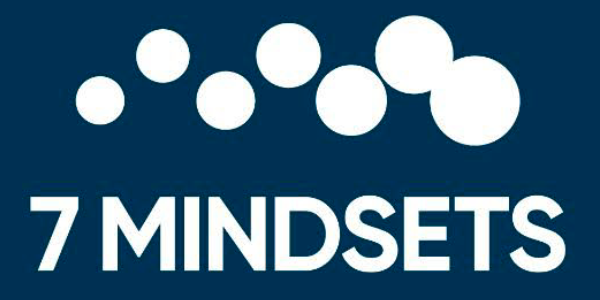By Chase Harman and LaTausha Bonner

Let’s face it, we’re all a little burned out on remote learning, hybrid classroom environments, Zoom, and other pandemic-related issues right now. As teachers, students, and parents, we’re all in the same boat as we work to balance the realities of our current situation with the need to keep students engaged, learning, and moving forward.
Working collectively, we’ve been able to achieve this goal, albeit with some definitive signs of fatigue and burnout surfacing from time to time. To effectively promote both teacher and student wellbeing during this challenging period, we’ve integrated more social emotional learning (SEL) into our curriculum.
We like the results so far. Using the SEL curriculum from 7 Mindsets, we get to move beyond just knowing our students on an academic level and better understanding their diverse mindsets, backgrounds, and cultures. Equipped with these powerful insights, we can more effectively inject life skills and other non-academic lessons into the day-to-day learning.
For example, we recently used our SEL platform to center in on what students want to be when they grow up. Using vision boards, they explained their goals and dreams in detail. This really opened up a whole new opportunity for us to learn about our students and what they enjoy doing. We then used that feedback to expand our lesson plans and develop engaging lessons for them.
Here are some other ways our SEL curriculum supports good mental health for teachers and students during this uncertain time:
Help give a difficult situation a positive spin. As a whole, social emotional learning lends itself to being a more optimistic (versus pessimistic) teaching approach. This benefits both students and teachers. For example, I (LaTausha) am always trying to think about it actively, trying to stay more positive, not let my guard slip, and not be negative about myself (or something that’s going on). I strive to maintain that positivity as we go about our days, regardless of what type of educational delivery method we’re using.
Allows teachers to give themselves grace. We’re all dealing with new issues that were nonexistent in the “traditional” classroom setting (e.g., taking a whole week to get a paper done that used to take one classroom session to complete), which has made patience a true virtue in our current educational environment. I (LaTausha) have been teaching for six years now, but when the pandemic hit I realized that I needed to be more mindful of time management and also more patient with myself. Our SEL curriculum has helped me in these areas and also helped me better understand—and have more patience with—our parents and better understand their struggles and their aspirations.
Creates emotional bonds. When our family dog passed away recently, I (Chase) had to leave school early. The next day in class, we spent time talking about the experience and also about the students’ own experiences with death (i.e., extended family members passing away, losing brothers or sisters, etc.). Being able to discuss these personal issues leads to stronger emotional bonds between myself and my English students, and it also helps me teach life skills. I’m open to listening and being understanding, both of which are especially important for me as a first-year teacher at our school.
Building relationships. Social emotional learning gives teachers an effective way to engage and interact with students. It’s also a perfect opportunity to build new relationships with them. Our platform includes a “relationship builder” that we work through with our students in the morning, and we can implement similar SEL instruction into our daily lessons. A small adjustment to a more positive mindset not only helps the student in question, but that optimism can also radiate through the entire class. We all need more of that right now.
Chase Harman is an English teacher and LaTausha Bonner is a social studies/science teacher. Both teach at Columbus Arts and Technology Academy in Ohio.
Credits: Article originally published on ACEed.org



